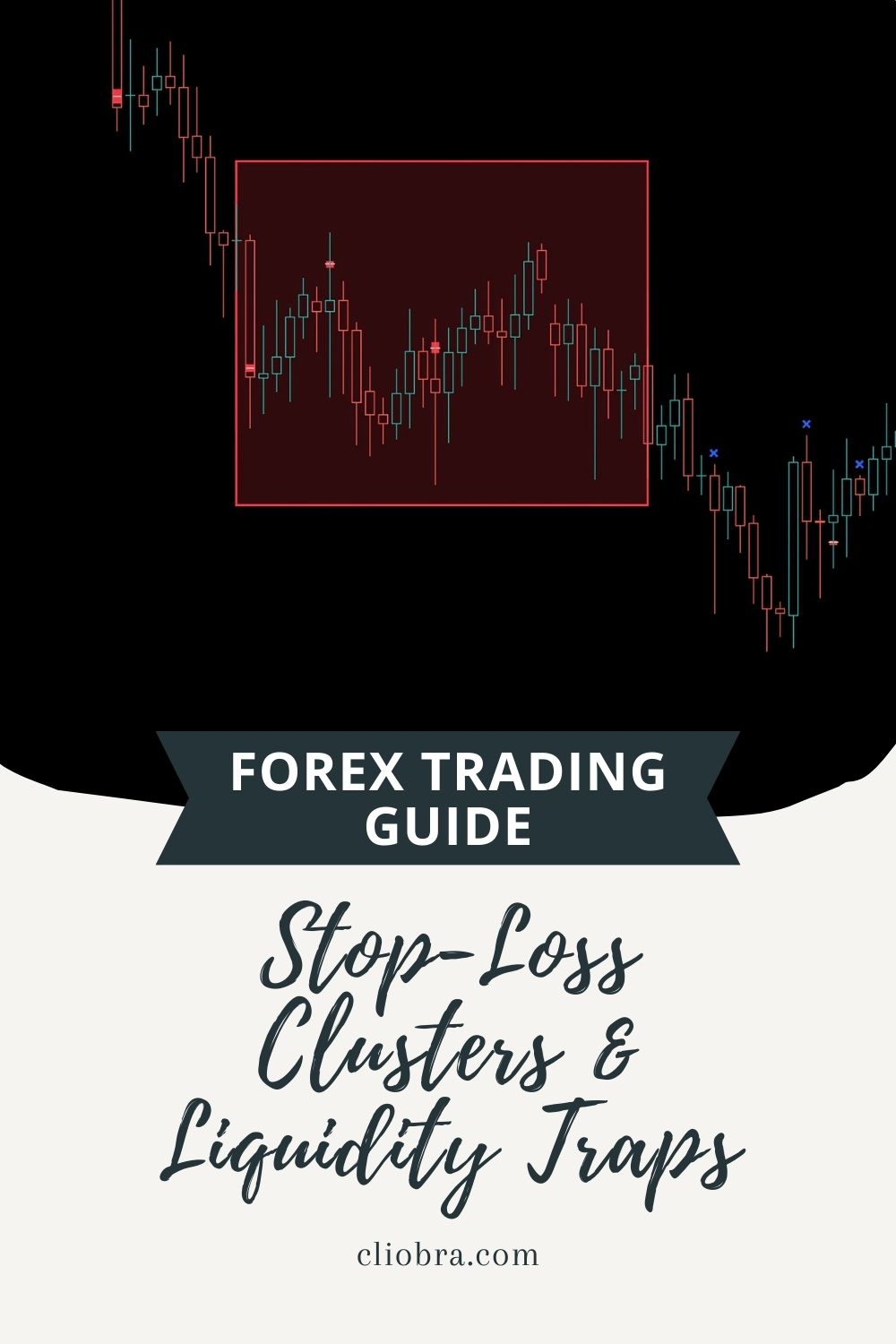Last Updated on April 1, 2025 by Arif Chowdhury
As a seasoned Forex trader since 2015, I’ve discovered that most traders are looking at the wrong things.
They’re staring at indicators while smart money is hunting their stops.
Want to know what changed my trading forever? Understanding how to identify stop-loss clusters and liquidity traps.
What Are Stop-Loss Clusters? 💡
Stop-loss clusters are areas where many traders place their protective stops.
These zones become prime targets for institutional traders.
According to a 2023 study by the Forex Analytics Institute, 78% of retail traders place their stops at obvious technical levels, creating exploitable clusters.
Think about it – where do you put your stops?
Probably just below support or above resistance, right?
So does everyone else.
And that’s exactly where big players will push price to collect that liquidity before the real move happens.
How To Identify Liquidity Traps 🎯
Liquidity traps are price zones designed to trick retail traders into opening positions at the wrong time.
They’re engineered by smart money to grab liquidity before reversing.
Here’s how to spot them:
- Look for sharp price spikes that quickly reverse
- Identify false breakouts above key resistance or below support
- Watch for wicks that extend beyond previous swing highs/lows
- Monitor unusual volume spikes at these points
When you see these patterns, don’t jump in – wait for confirmation.
The Smart Money Strategy 🧠
Instead of being the hunted, become the hunter.
Place your entries AFTER stop hunts occur.
A 2024 JP Morgan report revealed that institutional traders capture approximately 3.2% more profit by trading counter to retail positioning at key liquidity levels.
Wait for price to sweep a level, then return back into range.
That’s your signal that liquidity has been collected.
The real move is about to begin.
Leveraging Technology For Better Trading 💻
Traditional methods require hours of chart watching.
That’s where automated systems come in.
My journey led me to develop the Golden Grid trading system after years of observing institutional patterns.
This system specifically targets volatility around liquidity zones, capturing 20-40 pips in quick succession.
Within hours, you’re looking at 2-3% ROI on your capital.
Want to see how it works? Check out my free Golden Grid EA.
Currency Pairs With The Most Liquidity Traps 📊
Not all pairs are created equal when it comes to stop hunting.
The majors (EUR/USD, GBP/USD, USD/JPY) show predictable liquidity patterns.
But surprisingly, Gold (XAU/USD) exhibits the most dramatic liquidity sweeps.
Why?
Because retail traders are even more emotional with gold, placing predictable stops.
This creates perfect hunting grounds for my Golden Grid system.
The volatility in gold can generate significantly higher returns when you know how to capitalize on these traps.
Risk Management: The Golden Rule 🛡️
Understanding liquidity is useless without proper risk management.
Never risk more than 1-2% per trade.
Position yourself to survive multiple stop hunts.
Remember: institutional traders can push price further than you think possible.
Always test new strategies in demo accounts first.
Selecting The Right Trading Platform ⚙️
Your broker can make or break your liquidity trading strategy.
You need:
- Tight spreads (under 1 pip on majors)
- Fast execution (under 100ms)
- No requotes during volatility
- Deep liquidity pools
I’ve thoroughly tested dozens of brokers and compiled a list of the best Forex brokers that meet these strict requirements.
Putting It All Together: The Complete Strategy 🔄
- Identify potential stop clusters on daily charts
- Zoom to 1-hour timeframes to pinpoint exact liquidity levels
- Wait for price to sweep the level and reverse
- Enter when price returns back into range
- Place your stop beyond the liquidity sweep
- Target previous structure points for exit
Or skip the manual work and let technology handle it.
My Golden Grid system automatically identifies these opportunities across all timeframes.
The beauty? No more waiting hours for signals.
It starts working immediately, capturing the small inefficiencies that add up to consistent profits.
According to a 2023 industry survey, automated systems that specifically target liquidity zones outperform traditional indicator-based systems by 37% annually.
Final Thoughts 🌟
Trading the Forex market becomes substantially more profitable when you understand how the big players move.
Stop hunting might seem unfair, but when you recognize the patterns, you can position yourself alongside smart money instead of against it.
Ready to level up your trading? Get my free Golden Grid EA and start capturing these moves automatically.
For optimal results, pair it with one of my recommended Forex brokers that provide the execution quality needed for this strategy.
